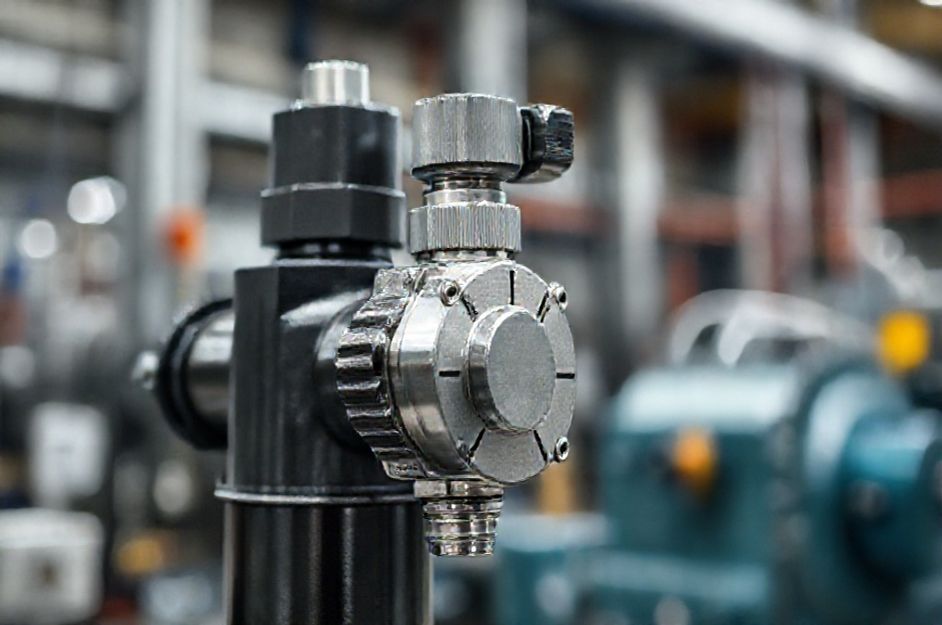In industrial automation, pneumatic cylinders are workhorses, converting compressed air into linear motion. When an air valve shifts, compressed air rapidly expands, driving the cylinder piston at high speed. However, uncontrolled cylinder speed can be detrimental to many applications, leading to impacts and reduced efficiency.
One common method for controlling air cylinder speed involves installing flow control valves in the air lines connecting the valve and cylinder. These can be placed at the cylinder ports or, less ideally, at the air valve exhaust ports. Placing flow controls in the valve exhaust may result in a delayed reaction time, as the piston may complete a significant portion of its stroke before the back pressure takes effect.
While needle valves are sometimes used to restrict airflow and reduce cylinder speed, this approach has significant drawbacks. Needle valves throttle airflow equally in both directions, which can hinder performance, especially with larger cylinders. By restricting the air supply, the pressure within the cylinder builds until it overcomes the friction of the piston seals, causing the piston to move. As the piston advances, the volume behind it increases, requiring a continuous influx of air to maintain pressure. If the restricted air supply cannot keep pace with the expanding volume, the piston will stall, interrupting the desired smooth motion.
A better method for smoothing air cylinder piston travel is to throttle only the exhaust air. This is achieved using cylinder flow control valves. Although visually similar to needle valves, cylinder flow control valves incorporate an internal bypass that allows unrestricted airflow in one direction.
The free-flow design of the cylinder flow control allows unimpeded air to flow into the cylinder, ensuring rapid and forceful piston movement. When the valve reverses, the exhaust air is throttled, providing the desired speed control. Typically, a flow control valve is installed on each air line to manage motion in both directions.
By allowing unrestricted airflow into the cylinder while throttling the exhaust, the piston can operate with full force at a controlled pace. Most cylinder flow control valves feature a schematic on the body indicating proper installation orientation.
Many cylinder flow control valves come with sealant-coated male threads for direct installation into cylinder ports, as well as instant-type fittings for quick connection to air lines, saving time and resources during installation.
